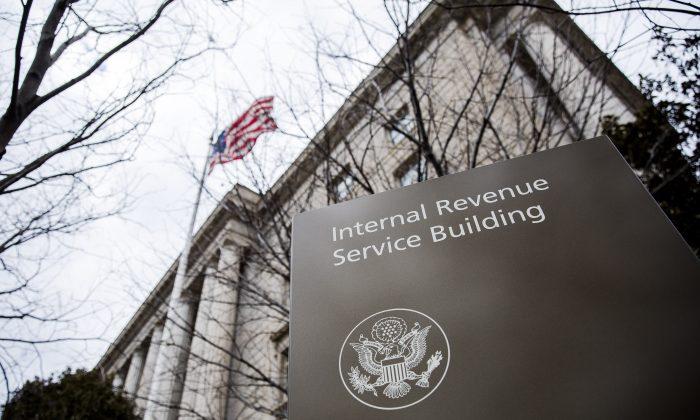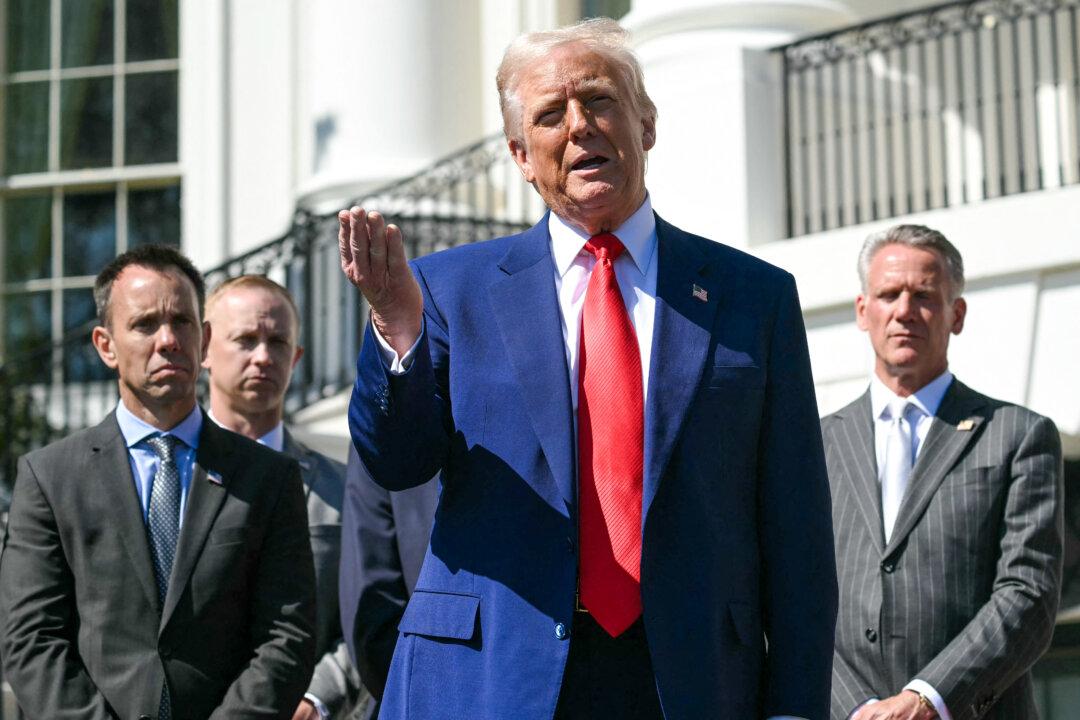The Internal Revenue Service (IRS) has started disbursing a second batch of stimulus cash and is urging people to keep an eye out for paper checks and debit cards arriving in the mail after some people threw them away in earlier relief rounds, thinking they were junk mail.
The $1.9 trillion American Rescue Plan authorizes individuals earning less than $75,000 per year—and married joint filers making less than $150,000—to receive the full $1,400 payment. The checks then ramp down to zero for individuals earning $80,000 or above and for joint filers making $160,000 or more.
This second batch of payments follows some 90 million checks sent by the IRS in the first round of disbursements last week, worth some $242 billion. This time around, many of the payments will be made by paper check or debit card.
“A large number of this latest batch of payments will also be mailed, so taxpayers who do not receive a direct deposit by March 24 should watch the mail carefully in the coming weeks for a paper check or a prepaid debit card, known as an Economic Impact Payment Card, or EIP Card,” the IRS said.
The “vast majority” of people will get their stimulus checks by direct deposit, however. The IRS said that it and the Bureau of the Fiscal Service “leveraged data in their systems to convert many payments to direct deposits that otherwise would have been sent as paper checks or debit cards. This accelerated the disbursement of these payments by weeks.”
IRS Commissioner Chuck Rettig said in a statement that the agency is sending out stimulus cash “in record time” and urged people to keep a close eye on the mail for paper checks and debit cards.
Rettig’s advisory comes in the context of reports that hundreds of thousands of paper checks and debit cards that were distributed under previous rounds of stimulus were never cashed or activated. Some people threw them away, mistaking them for junk mail.





